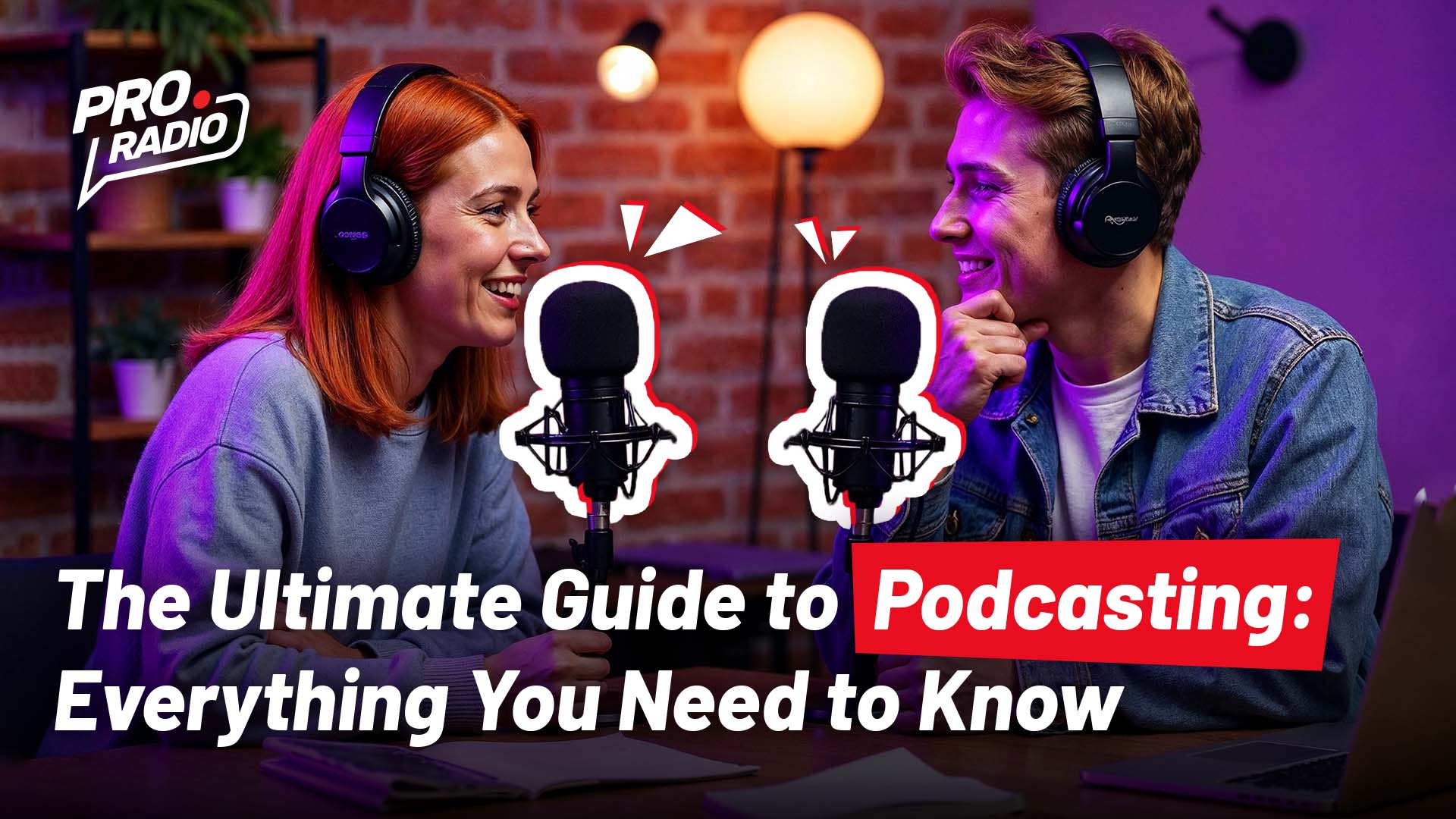
- arrow_back Home
- keyboard_arrow_right Podcasting
Quick Guide to Podcasting: Everything You Need to Know in 60 Seconds
Podcasting 32 290 Pro Radio WordPress Theme November 25, 2025

Podcasting has become a popular medium for sharing information, entertainment, and personal stories. In recent years, the number of podcasts and listeners has grown dramatically, making it an attractive option for anyone looking to start their own podcast or improve their existing podcast. Whether you are new to podcasting or are a seasoned professional, this quick guide to podcasting will provide you with everything you need to know about starting, creating, and growing your podcast.
Define your podcast
Before you start your podcast, you need to choose a topic and target audience. The topic of your podcast should be something that you are knowledgeable about and passionate about. It could be anything from a hobby or interest to a specific industry or niche. Your target audience should be defined by their interests, demographic, and location. This will help you to focus your content and make sure that you are reaching the right people.
Format of your podcast
Once you have your topic and target audience, you will need to choose your format. There are several different formats that you can choose from, including solo shows, co-hosted shows, interview shows, and panel discussions. The format you choose will depend on your topic and the type of content you want to produce.
Podcasting equipment
Next, you will need to choose your equipment. A good microphone and a quiet place to record are essential for producing high-quality audio. You may also want to consider investing in a mixer, a pop filter, and a set of headphones. There are many options available, so you should choose the equipment that best fits your budget and needs.
Recoding and editing
After you have your equipment, you will need to start recording your episodes. The length of your episodes will depend on your topic and format, but most podcasts are between 20 and 60 minutes long. When recording, make sure to speak clearly and use good microphone technique to produce the best audio quality possible.
Once you have recorded your episodes, you will need to edit them and add any additional elements, such as music and sound effects. There are many software programs available that can help you with this, including Audacity, GarageBand, and Adobe Audition.
Distribution
After you have edited your episodes, you will need to distribute them. You can do this by uploading them to a podcast hosting site, such as Buzzsprout, Podbean, or Anchor. These hosting sites will provide you with a feed that you can submit to various podcast directories, such as Apple Podcasts, Spotify, and Google Podcasts.
Monetization
Anyhow, in terms of branding, content control and monetization, is to self-host your own podcast in your website. Nowadays is extremely simple to create a podcast website using WordPress, and there are plenty of WordPress themes for podcasting to choose from.
Some examples are:
- WpCast
- Kentha
- Or the latest podcasting theme we just published on our market! PodwoPress
Promoting a podcast
One of the most important things you can do to grow your podcast is to promote it. You can do this by using social media, email, and your website to reach your target audience. You can also collaborate with other podcasts and websites to reach new listeners.
Finally, you can monetize your podcast by using ads and sponsorships. Advertisers are interested in reaching your target audience, so you can sell ad spots within your episodes. Sponsorships are another option, where a company pays you to mention their product or service in your episode.
Conclusion
In conclusion, podcasting is a powerful way to share your ideas, information, and stories with the world. By following these steps, you can create a professional podcast that engages and grows your audience. Whether you are just starting out or are looking to take your podcast to the next level, this ultimate guide to podcasting will provide you with everything you need to know to succeed.
Stay up to date!
Coupon code
You may also like

Start Your Internet Radio Station
Products
Radio Features
Copyright 2019-2026 ProRadio® Qantum Themes SL® All Rights Reserved








